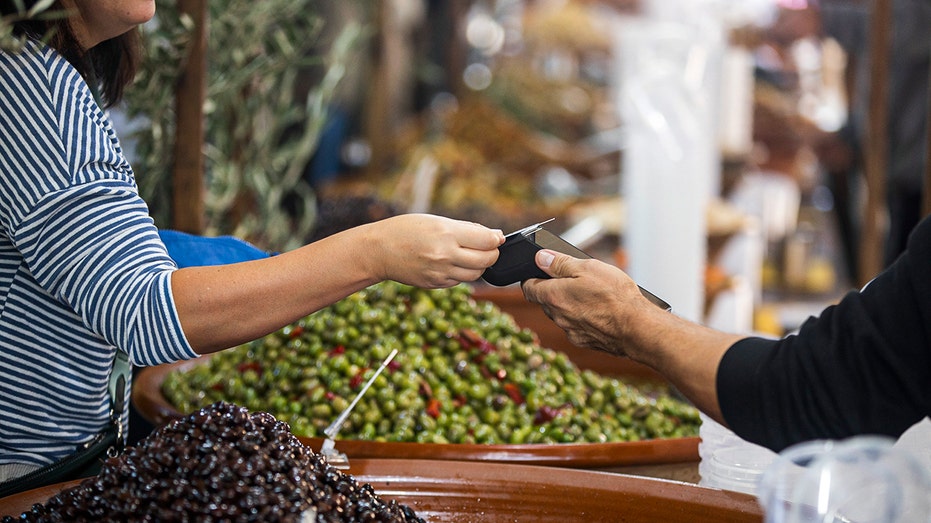Ghost-tapping scam targets tap-to-pay users

As contactless payment methods become increasingly popular, a new wave of scams known as “ghost tapping” is emerging nationwide. The Better Business Bureau (BBB) warns consumers that cybercriminals are leveraging wireless technology to steal money from tap-to-pay credit cards and mobile wallets without users’ knowledge.
How Ghost Tapping Works
The scam involves scammers using near-field communication (NFC) devices that mimic legitimate payment terminals. In busy environments such as festivals, markets, or public transportation hubs, fraudsters position themselves close enough to your wallet or smartphone to trigger a transaction. Many victims only realize their accounts have been compromised after noticing small, unnoticed charges that gradually increase over time.
Common Tactics and Warning Signs
Scammers often pose as charity vendors or market sellers who claim to only accept tap payments. Once you tap your card or device, they may charge amounts far higher than agreed. Because initial withdrawals are typically small, they often evade detection by fraud monitoring systems. Victims have reported losses ranging from $100 to over $1,000, as in recent cases across the country.
Additionally, scammers may pressure victims to complete payments quickly, preventing verification of the merchant name or transaction details. Some carry portable card readers capable of capturing signals through wallets or purses, increasing the risk of unauthorized charges.
Practical Tips to Protect Your Finances
Protecting yourself from ghost tapping is simpler than it seems. Investing in an RFID-blocking wallet or card sleeve creates a physical barrier that prevents scanners from accessing your card information. These affordable accessories are specifically designed to block wireless signals, helping keep your data safe.
Always review the transaction amount and merchant name displayed during a tap payment. Take a moment to verify that the details match your expectations. If anything appears suspicious or inaccurate, cancel the transaction immediately.
Enable instant transaction alerts through your bank or credit card provider. These notifications notify you immediately of any activity, allowing you to detect unauthorized charges swiftly. Quick detection can help you dispute fraudulent transactions and prevent further losses.
Additional Security Measures
To mitigate risks further, activate security features such as PINs, facial recognition, or fingerprint verification in your mobile wallet apps. Regularly update your smartphone’s software and your mobile wallet applications, as updates often include vital security patches that guard against recent threats.
In crowded settings like festivals or street fairs, consider limiting the use of tap-to-pay methods. Instead, opt for chip or swipe options, which require physical contact and are less susceptible to remote skimming.
Consistently monitor your financial accounts at least once a week, carefully reviewing each transaction. If you notice any suspicious activity, contact your bank immediately and report the incident to authorities such as the BBB Scam Tracker.
Protecting Personal Data from Online Threats
Even if you stop a scam early, your personal information could still be at risk online. Use reputable identity theft monitoring services to alert you if your data appears on the dark web or in data breaches. Consider employing data removal services to delete your personal details from data broker sites, reducing the risk of targeted scams.
Learn more about safeguarding your identity and personal data by visiting trusted cybersecurity resources and official consumer protection sites.
Final Advice
In environments with high foot traffic, limit your use of contactless payments and stick to chip or swipe methods whenever possible. Regularly check your bank and credit card statements for unexplained charges, and ensure your mobile wallet protections are enabled. Staying informed and cautious is your best defense against ghost tapping and other emerging payment scams. By taking these proactive steps, you can enjoy the convenience of contactless payments while keeping your finances secure.


